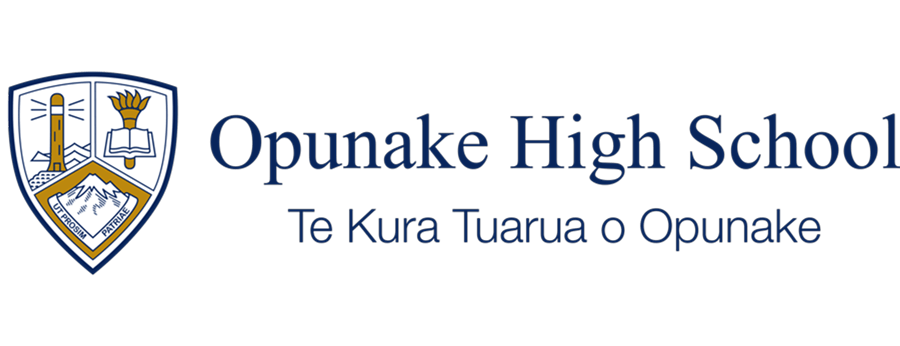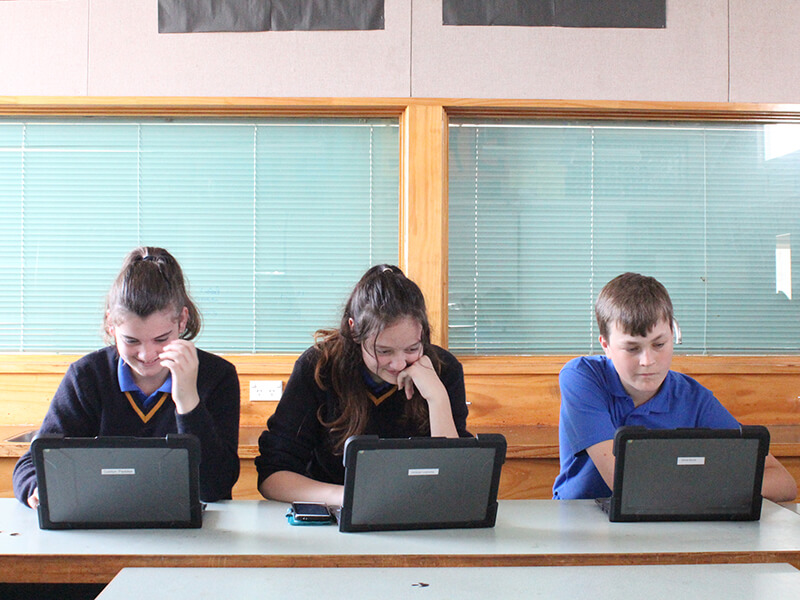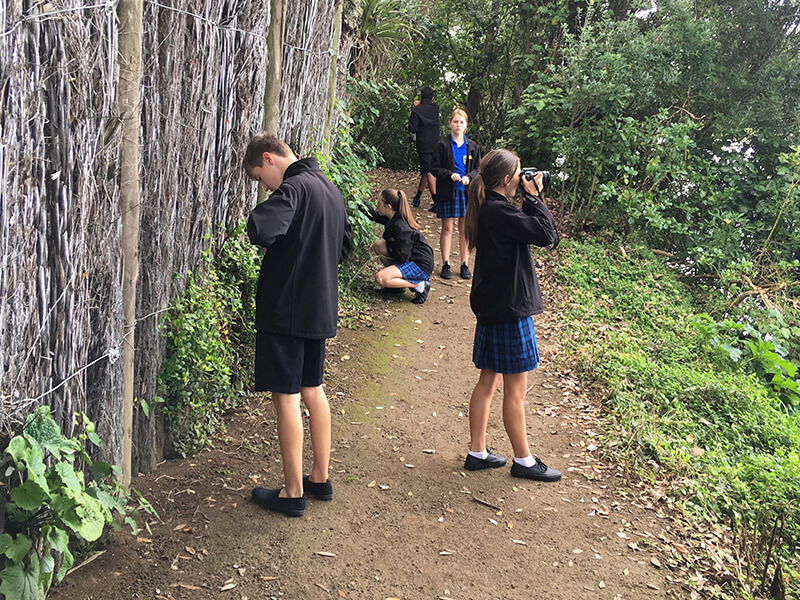At the end of 2017, Opunake High School took the bold step to overhaul its junior curriculum. Instead of our Year 9 & 10 students taking traditional subjects such as English, Science or Maths, we pulled everything apart and rebuilt the curriculum as a series of courses. Each course is designed to create a collaborative, future focused environment where students solve real life problems. “When students are engaged in learning they are passionate about, we see accelerated achievement, that is authentic and relates to where they see themselves going in the future”
The programme we have now divides the year into three Trimesters each year, over the two years of junior school. Each student will study six courses per Trimester, 18 courses in each year, completing a total of 36 while in Years 9 and 10. There will be a number of compulsory courses in the curriculum areas and in each curriculum area there will be choice. The purpose of this new innovative junior curriculum is to engage and accelerate all students, allowing extension choices in all passion areas, for example, a student keen on Health & PE will take their compulsory course in other learning areas, and then load up on additional Health & PE based course.
Instead of Art or Social Science, courses have titles such as Sweet Tooth, Distorted Selfies, Media Superstars, Fizz Bang. As an example – in the course entitled ‘Movie Madness’, students will look at teenage experience through the lens of film. Students will examine societal pressures that teenagers face and how they cope with this. They will then have a number of choices such as design a static image, write a film response or produce a seminar, to demonstrate their knowledge. As a results many more options are available to students than ever before (such as Photography and Sewing at Junior level)
The decision was also made to combine classes of Year 9 and 10s. This not only allows us to offer more choices in the timetable, it also allows students to learn at their own pace . This will give us a clear ‘line of sight,” allowing us to meet student needs no matter what curriculum level they are at.
As a result of our changes, student attendance and engagement are all up, all key indicators around young peoples learning.



